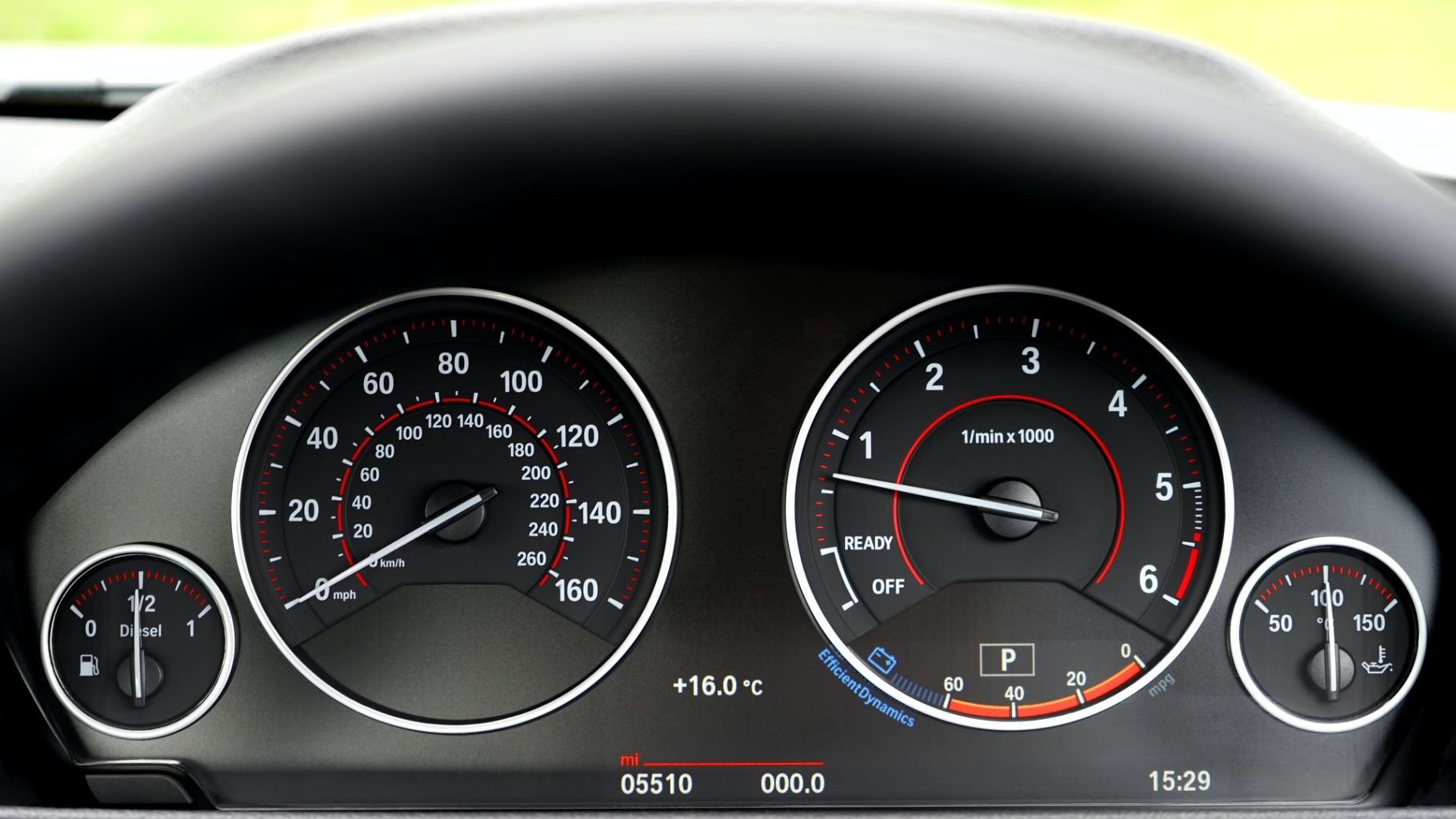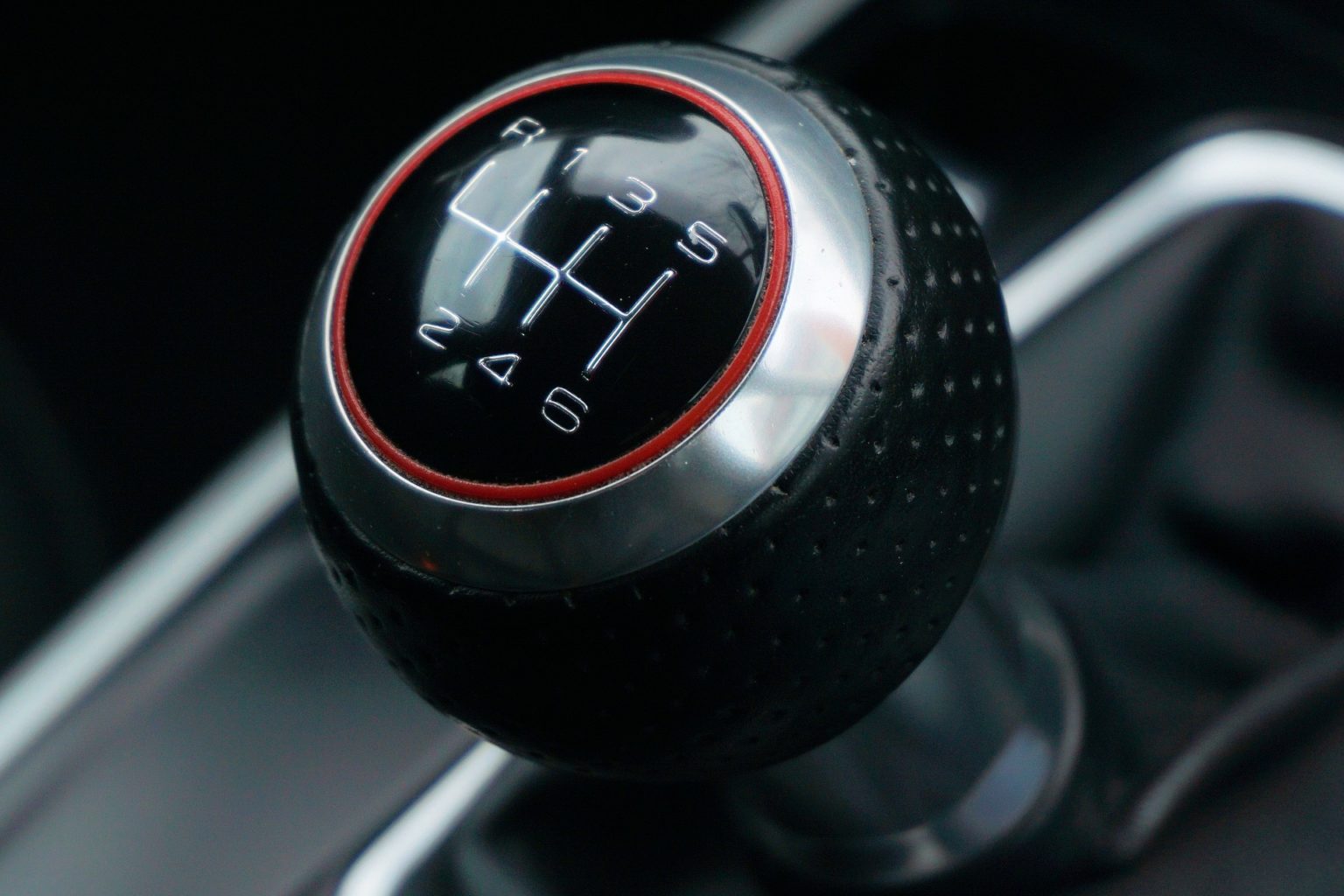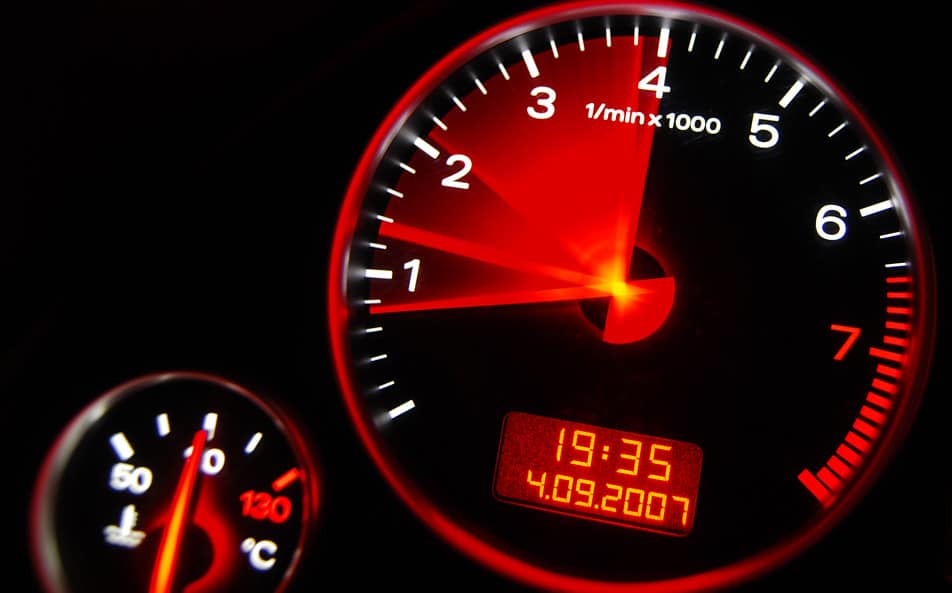For a novice, the tachometer is almost the reference standard for shifting (for a manual transmission), while for a slightly more mature driver, there is almost no need to rely on the tachometer to operate when shifting. What’s more, now that the automatic gear is rampant, the driver doesn’t need to worry about the speed at all.
Compared with the tachometer, the speedometer is more practical. Most people drive while looking at the speedometer, worrying about the over speed.
But the strange thing is that, looking at the development of automobile instrumentation, from the initial engine speed and speed to the high-tech combination instrumentation, the seemingly useless tachometer has not been eliminated at all.
1. What is the use of tachometer and do you know how to read it?
The tachometer is generally located in the instrument panel, placed symmetrically with the speedometer. The tachometer works according to the magnetic principle. It received the pulse signal generated when the primary current in the ignition coil is interrupted. And convert this signal into a displayable speed value. The faster the engine revs and the more pulses the inhibition coil produces, the greater the rev value shown on the meter.
The unit of the tachometer is 1/min×1000, that is, it shows how many thousand revolutions the engine rotates per minute. The tachometer can intuitively display the speed of the engine under various working conditions. The driver can know the operation of the engine at any time, and master the shifting timing to match the transmission gear and accelerator position, so as to maintain the best working state and reduce fuel consumption. Extend engine life. However,
most drivers don’t look at the tachometer.

2. The role of the tachometer
For ordinary cars, usually driving on open roads, drivers are concerned about whether they are speeding. At this time, the importance of the speedometer is greatly highlighted, and the status of the tachometer is reduced. Especially for cars with automatic transmissions, the shifting is automatically controlled by a computer. In addition to paying attention to fuel consumption, the driver does not need to worry about the speed at all.
3. What’s the point of a tachometer?
1. Determine the shift time
Determining when to shift gears is very simple. If you want to be more dynamic, or according to the ups and downs, increase the speed appropriately before shifting. If the pursuit of economy, keep the vehicle smooth in the case of the lowest speed shift on it. If it is an automatic transmission model, it is recommended to use the manual mode when pursuing power, so that the car can maintain a high speed without shifting, and achieve the effect of improving power.

2. Second, observe whether the car starts
I believe that many riders will encounter a problem, that is, sitting in the car and then forgetting whether the car is started. How to judge whether it is activated at this time? Just look at the tachometer. When the car is not running, it will be in an idle state, and the pointer of the tachometer should be between 700 and 1000 rpm.

3. Indicate the safe operating area of the engine
There will be a red zone on the tachometer, and the speed in the red zone will generally be above 6000 rpm. Under the high speed, the lubrication and heat dissipation of the engine are not good, and the speed is too high, which exceeds the bearing capacity of some engine parts, which will cause damage to these parts, so the tachometers of early cars are equipped with red lines. zone to alert the driver.
However, due to the development of automobile technology, the protection mechanism of the engine is relatively sound. If the engine is under extreme working conditions, the protection measures to cut off the fuel are generally carried out. However, some high-performance models or relatively low-end manual transmission models have a relatively high limit tolerance for the engine, and you also need to judge the engine condition according to the safety area.
4. Measure the car for any problems
For example, an NVH engineer whose whole body is full of sensors can judge and analyze the source of the abnormal sound according to the speed information of the instrument, and even the frequency, decibel, vehicle vibration status, frequency, order; another example is the crazy engine and transmission engineer, see At a glance at the tachometer, you may be able to determine whether the vehicle starts normally, whether the idling speed is normal, whether there is a shift in driving, whether the transmission is locked, whether the vehicle accelerates and decelerates normally, and whether the engine enters the deceleration stop fuel injection condition.
A small tachometer, you can’t see something doesn’t mean others can’t see it. For those engineers, the tachometer is an important means of getting to know a car quickly.

Summarize
Many people’s concept of the role of the engine tachometer is still in the shifting stage. Today, when automatic gears are rampant, fewer and fewer people will pay attention to the engine tachometer, but the engine tachometer is naturally placed in such a prominent position. its worth. Brother Jiang suggested that everyone can use the tachometer reasonably in daily driving, and go further in the direction of the old driver.
